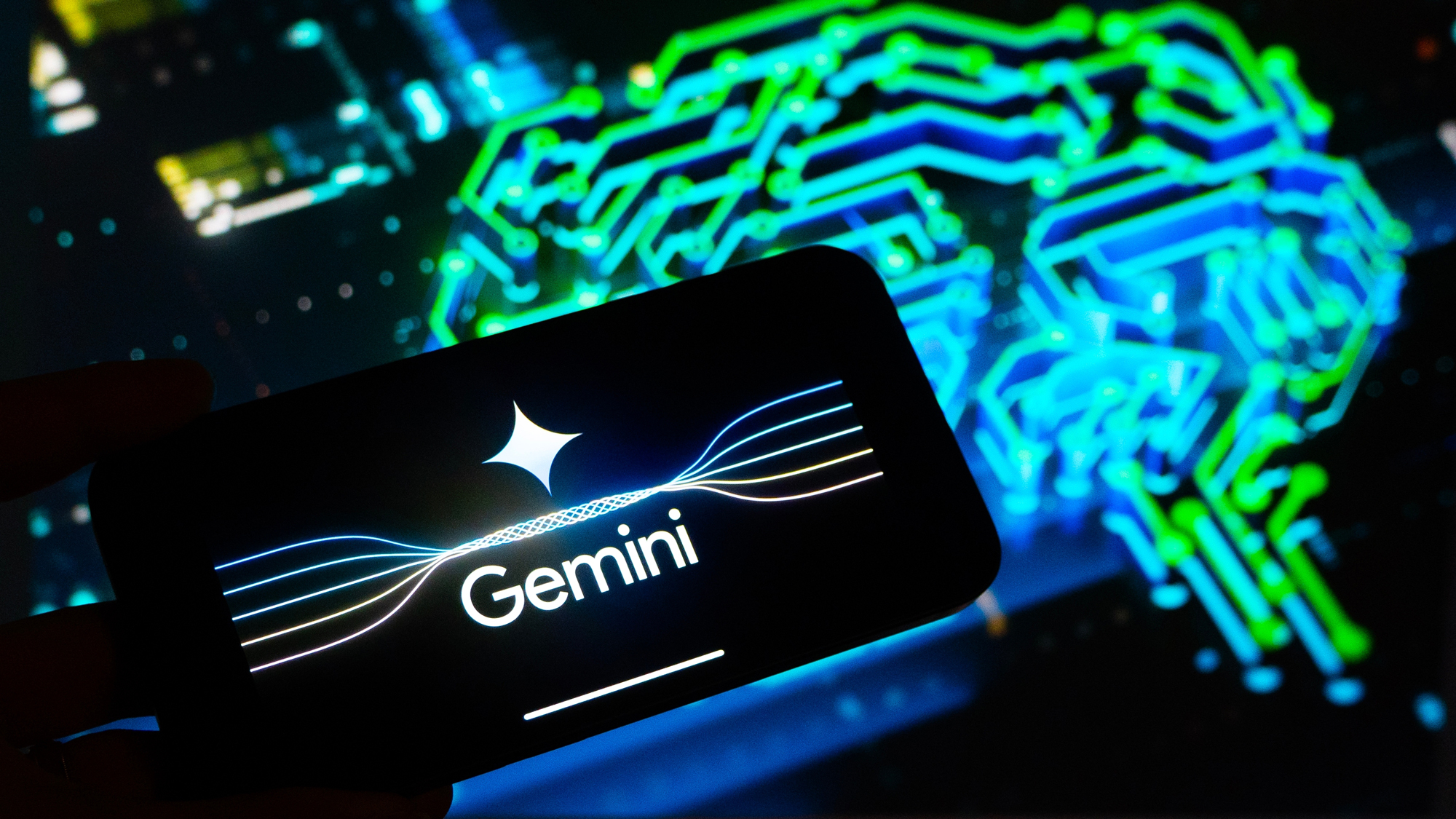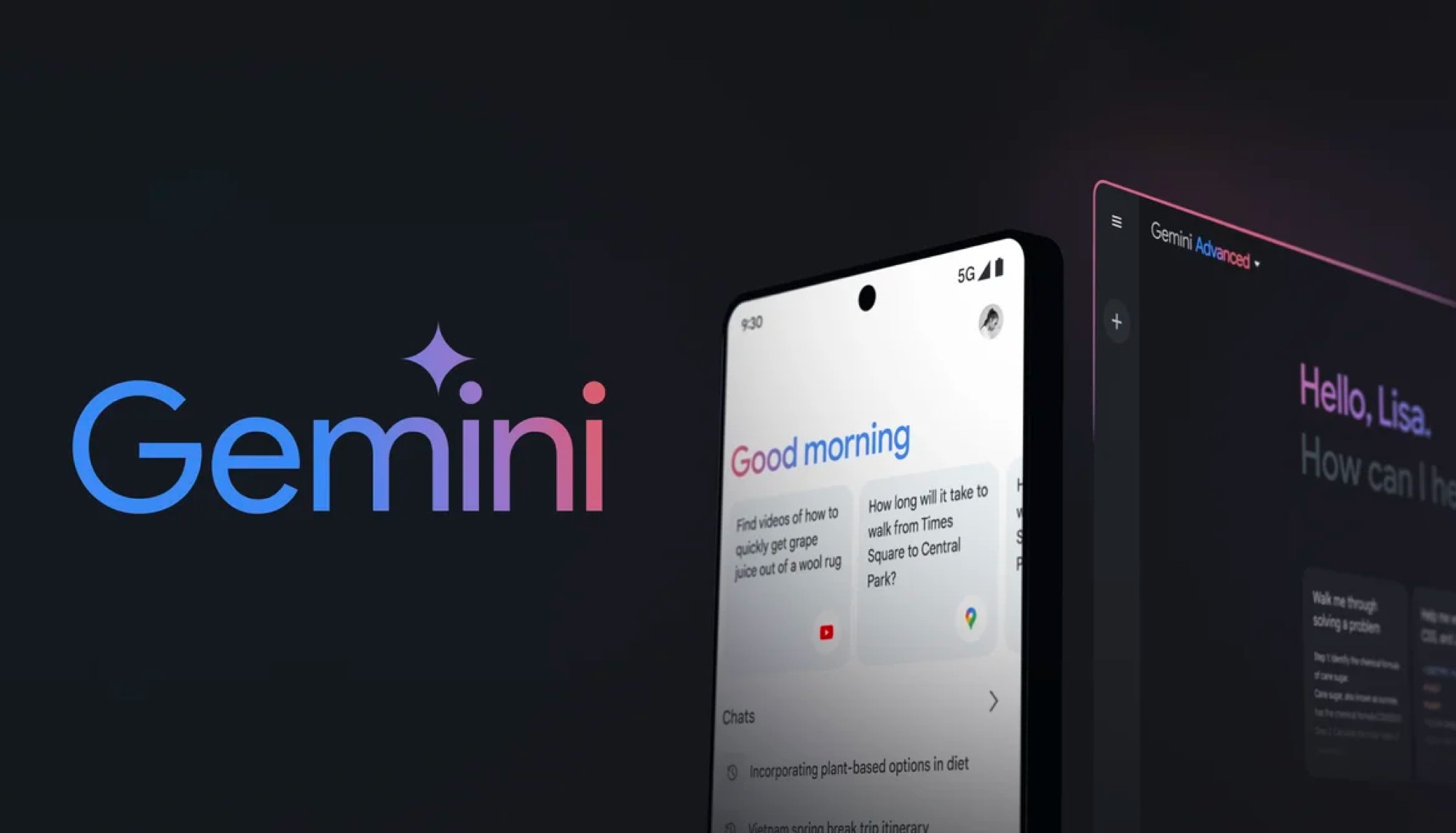Google Gemini: Everything we know about the advanced AI model

Google's Gemini AI has continued to evolve since its initial launch, with the release of Gemini 2.5 Pro in May 2025 introducing improvements in reasoning, multimodal input handling, and overall task performance. In a surprising move, Google added this model to its list of free AI tools.
This most recent update places Gemini alongside other advanced models in the current AI landscape, including OpenAI's GPT-4o and Anthropic's Claude.
Integration of Gemini across Google's ecosystem has also expanded, with the AI now embedded in tools like Search including AI Mode, Gmail, Docs, and Android devices.
Additional updates are expected at Google I/O 2025, where further developments in the Gemini platform may be announced.
Google Gemini: Latest news
- Google just unveiled a major update to Gemini AI ahead of I/O — here's what it can do
- Google's Gemini AI will soon be accessible to kids under 13 — here's how that could look
- Google’s new AI upgrade will change the way millions search — and it’s rolling out now
- I use Gemini every day — here are 9 mind-blowing prompts I can’t live without
- I tried these 7 Gemini Live prompts — and the results blew my mind
- I tested every Gemini model — here’s what each one does and 30 prompts to try
What is Google Gemini
Gemini is Google's multimodal AI model. It is designed to process and generate content including text, images, audio, and video. The AI is available through Google's ecosystem and is supported in Search, Gmail, Docs, and Android devices, and is accessible to users through various platforms.
Initially introduced to demonstrate Google's capabilities in natural language processing, Gemini has evolved to support a wide range of applications, such as answering questions in a conversational tone whether you're texting or in a voice conversation, writing code, analyzing complex images, and generating content. The AI even allows for video generation based on any text prompt through Veo 2.
The most recent release of Gemini 2.5 Pro Preview (I/O Edition) has improved its reasoning abilities and multimodal understanding, enabling more sophisticated interactions. It also updated the model's performance in coding tasks and interactive web app development.
Ongoing developments continue to expand its capabilities and applications in the AI landscape.
Google Gemini versions
The enhanced Gemini models are significantly more powerful than their predecessors in the following ways:
- Text generation: Gemini can produce highly refined content across a variety of writing styles, from technical documents to creative writing.
- Image comprehension: Advanced image capabilities allow users to generate detailed text descriptions from images or use images to complete complex AI tasks.
- Video generation: Veo 2 is Google's latest AI-powered video generation model, designed to create high-quality videos from text or image prompts. It is accessible through various Google platforms, including Gemini Advanced, Google AI Studio, and Vertex AI.
- Coding: Like OpenAI’s Codex, Gemini can now assist in code generation and debugging, supporting multiple programming languages. This update is a big leap as it makes it even more valuable for developers hoping to streamline the coding process.
- Multimodal interactions: One of the most anticipated features is Gemini’s ability to integrate text, image, and even video data, paving the way for more seamless, multi-sensory interactions with AI systems.
For users looking for more, Google currently offers AI premium, which includes Gemini Advanced and other Google One benefits for $19.99/month. If you aren't a member yet, but want to try a Google One AI Premium member, you can start a free two-month trial.
Get instant access to breaking news, the hottest reviews, great deals and helpful tips.
How to use Google Gemini

Gemini Pro powers the free version of the Gemini chatbot. Google claims this is on par with GPT-3.5, the previous generation AI model from OpenAI that powers the free version of ChatGPT.
You can see how they compare in a head-to-head for Tom's Guide.
If you have a Google Pixel 8 Pro you may have already used the Nano version of Gemini without even realizing it as it is built into the phone. Developers will also be able to integrate its capabilities into their apps.
Google Cloud customers will also benefit from Gemini, as the AI promises improved machine learning models for professional analytics and customer service applications. The integration of Gemini in Google Assistant will undoubtedly result in smarter, more personalized interactions.
What comes next for Gemini?
While OpenAI’s GPT-4 has set a high benchmark in generative AI, however Google is positioning Gemini as a worthy contender as it deploys Gemini across key platforms. With Google Gemini’s enhanced features, Google is not only catching up but may even be surpassing competitors in certain areas. Its ability to work across multiple domains, handle both text and images, and facilitate coding makes Gemini a formidable player in the field.
Google’s strategic focus on enhancing user experience through multimodal AI is clear, and Gemini will likely be at the forefront of this shift. Whether used in improving searches, coding assistance, or complex problem-solving, Gemini’s role in advancing AI looks promising.
Looking ahead, Google plans to continue improving Gemini’s capabilities. The model’s flexibility suggests that its potential applications could span from academic research to everyday consumer tech, making it a versatile tool for a wide array of users.
More from Tom's Guide
- I tested every Gemini model — here’s what each one does and 30 prompts to try
- I put ChatGPT, Gemini and Claude through the same job interview — here’s who got hired
- I use Gemini every day — here are 9 mind-blowing prompts I can’t live without

Amanda Caswell is an award-winning journalist, bestselling YA author, and one of today’s leading voices in AI and technology. A celebrated contributor to various news outlets, her sharp insights and relatable storytelling have earned her a loyal readership. Amanda’s work has been recognized with prestigious honors, including outstanding contribution to media.
Known for her ability to bring clarity to even the most complex topics, Amanda seamlessly blends innovation and creativity, inspiring readers to embrace the power of AI and emerging technologies. As a certified prompt engineer, she continues to push the boundaries of how humans and AI can work together.
Beyond her journalism career, Amanda is a long-distance runner and mom of three. She lives in New Jersey.
You must confirm your public display name before commenting
Please logout and then login again, you will then be prompted to enter your display name.
